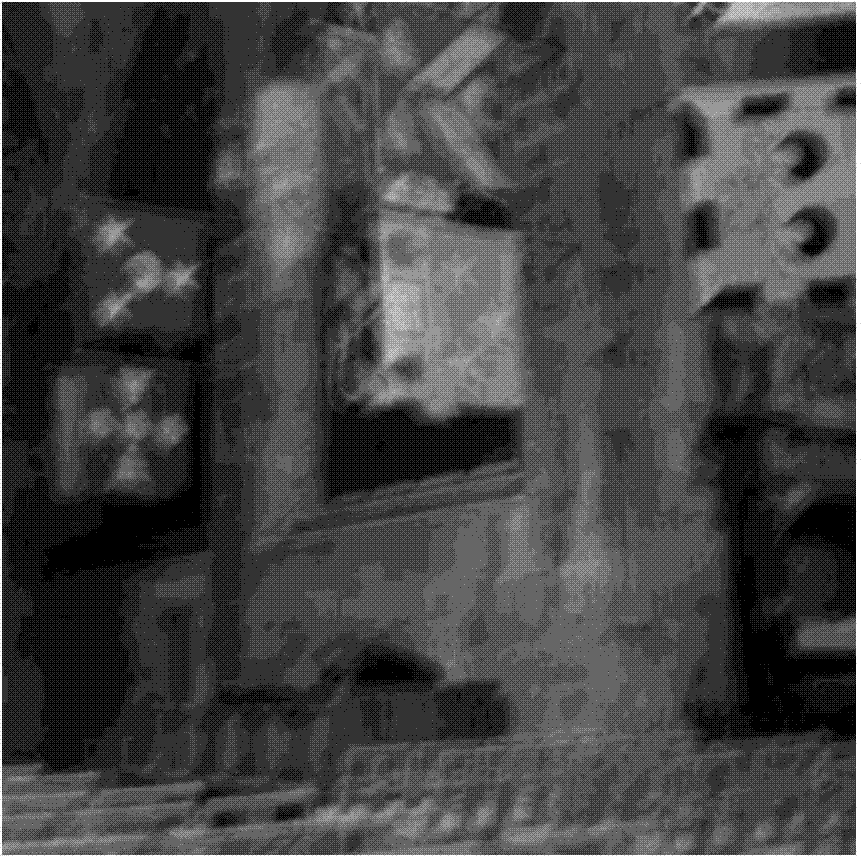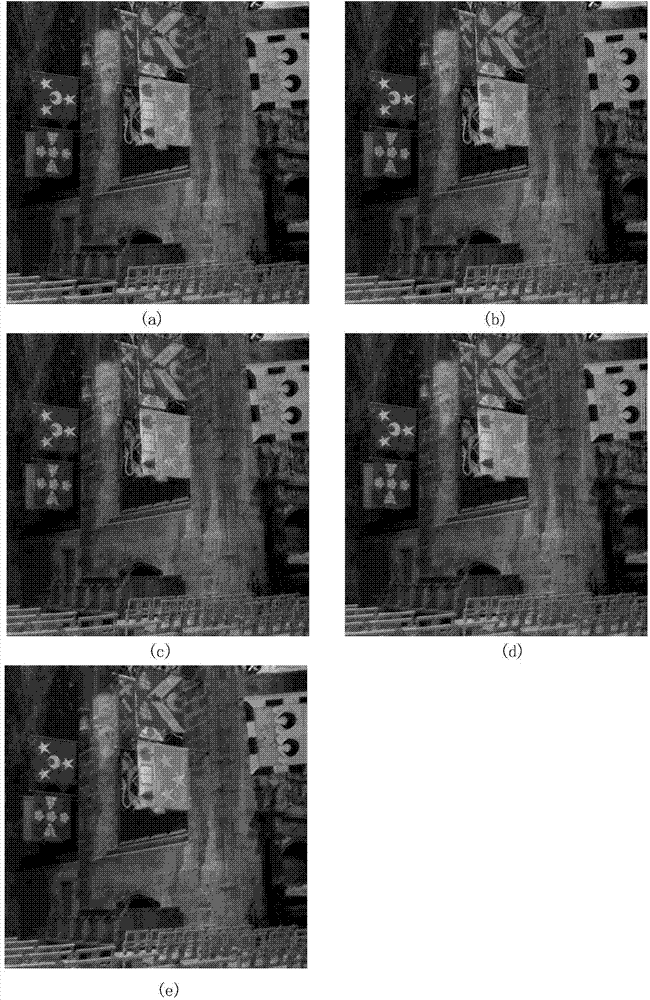Image blind deblurring method based on edge self-adaption
A blind deblurring and self-adaptive technology, applied in the field of image processing, can solve the problems of complexity, difficult to guarantee the feasibility of theory and effect, etc.
- Summary
- Abstract
- Description
- Claims
- Application Information
AI Technical Summary
Problems solved by technology
Method used
Image
Examples
Embodiment Construction
[0029] The present invention will be described in further detail below in conjunction with the accompanying drawings.
[0030] refer to figure 1 , the implementation steps of the present invention are as follows:
[0031] Step 1: Input the blurred image, and set the gradient domain image of the clear image to be solved.
[0032] Input a blurred image y, the blur kernel of the blurred image is k; let the clear image to be solved be x, and the gradient domain image of the clear image x to be solved be Dx.
[0033] Step 2: Initialize parameters:
[0034] Initialize the mean μ of the gradient domain image Dx of the image to be solved c is 0; initialize the number of times of deblurring f=0; set the initial solution of clear image x as blurred image y.
[0035] Step 3: Update the blur kernel.
[0036] 3a) Set the number of iterations L, initialize the iteration number l to 1, and initialize the fuzzy kernel before the iteration It is a matrix with all 1 values. The dimension...
PUM
 Login to View More
Login to View More Abstract
Description
Claims
Application Information
 Login to View More
Login to View More - R&D
- Intellectual Property
- Life Sciences
- Materials
- Tech Scout
- Unparalleled Data Quality
- Higher Quality Content
- 60% Fewer Hallucinations
Browse by: Latest US Patents, China's latest patents, Technical Efficacy Thesaurus, Application Domain, Technology Topic, Popular Technical Reports.
© 2025 PatSnap. All rights reserved.Legal|Privacy policy|Modern Slavery Act Transparency Statement|Sitemap|About US| Contact US: help@patsnap.com



